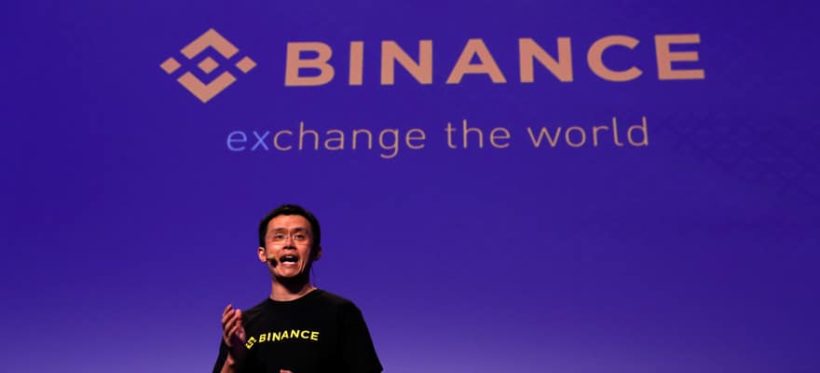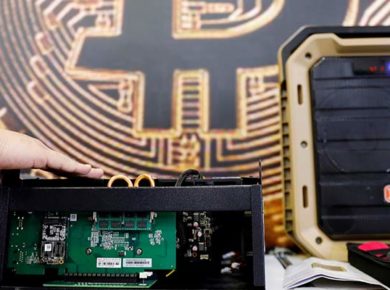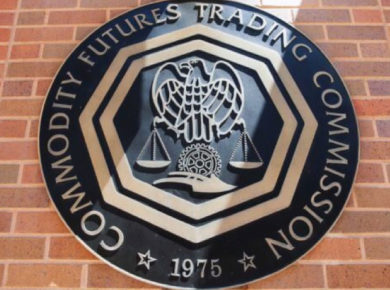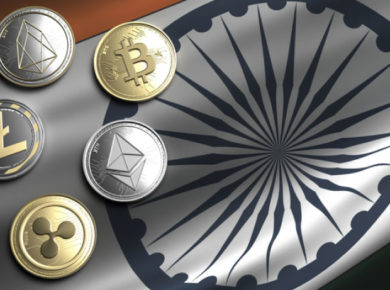Last month, Brad Garlinghouse, chief executive of Ripple, made a bold statement about his hopes for his company.
“I hope that in five years we’re not just Amazon books, we’re Amazon,” he said in an interview with CNN.
With a $1.07 trillion market cap, Amazon is tough to match–as a company, Ripple was valued at $10 billion after raising $200 million in a Series C funding round in December, and at press time, XRP’s market cap was hovering around $10.3 billion, holding a place as the world’s third-largest cryptocurrency by market cap. (XRP is the native token of the Ripple ecosystem.)
On the other hand, however, Ripple has progressed quite a bit over the course of the last two years–recently, the company was given the second place on Forbes’s list of the most valuable companies in fintech. Stripe (valued at $35 billion) was at the top of the list; Coinbase (valued at $8.1 billion) was in third place.
A “corporate coin”?
And the company is seeking to grow–Garlinghouse also spoke of the possibility of a Ripple IPO in 2020, though he has made it clear that any talk of a public offering is purely theoretical at this point: “in the next 12 months, you’ll see IPOs in the crypto/blockchain space,” he commented at the 2020 World Economic Forum in Davos.
“We’re not going to be the first and we’re not going to be the last, but I expect us to be on the leading side,” he added. “It’s a natural evolution for our company.”
While some analysts have theorized that a Ripple IPO could damage the price of XRP, the fact that Ripple may be considering such a move could be counted as evidence that the company is considering a step further into the public financial sphere, thereby further positioning itself as a sort of “corporate coin” with corporate-, enterprise-, and even government-friendly remittance and cryptocurrency networks.
Integrating and connecting with banks is an important part of Ripple’s growth strategy around the world
Indeed, Jack Choros, chief marketing officer at CryptoRadar, told Finance Magnates that although “facilitation of large bank transfers between central banks” is currently “the most important use case for Ripple.”
Choros explained that Ripple has leveraged its relationships with banks, “making it way cheaper for them to transfer money.”
“[Ripple] brokered long-term transfer agreements with banks all over the world that need liquidity and need to move money fast,” Choros said. Therefore, “there’s a big opportunity for Ripple as a private business to take a nice cut of such large multimillion-dollar transfers.”
And Ripple does seem to be making an impact on the worldwide banking industry–earlier this month, Bank Asia, a Bangladesh-based bank that holds $3.4 billion in assets, joined Ripple’s blockchain-based financial services network, RippleNet.
Additionally, a recent report by the World Economic Forum named Ripple specifically alongside JPMorgan Chase’s “JPM Coin” as an example of a “crypto-asset designed for inter- or intrabank payments and settlements” that was “most relevant for wholesale central bank digital currencies (CBDCs).”
“Ripple’s XRP is designed for inter‑ or intrabank payments and settlements”
World Economic Forum Report on “Central Bank Digital Currencies (CBDC)”#xrp #fintech #crypto #blockchain @Ripple #payments pic.twitter.com/5GKPZDJRYG
— XRP_Cro (@stedas) February 14, 2020
“A lot of what I am doing […] is meeting with regulators, meeting with very senior people at banks and explaining to them how crypto can be used–specifically XRP–can be used to solve a real problem, not to circumvent regulation,” he said.
“[…]Once people understand that, they very quickly become disarmed–[‘crypto’] is no longer a bad word.”
Criticisms of over-centralization
However, there is still some uneasiness about the amount of control that Ripple, as a company, has over the XRP supply. Finland-based cryptocurrency exchange Coinmotion said in a blog post earlier this month after making the decision to delist XRP that “What differentiates XRP from cryptocurrencies is that it is not based on blockchain, it is not mined and it is heavily centralized.”
In addition to Ripple Labs’ XRP holdings, it is also estimated that Ripple co-founder Jed McCaleb holds massive amounts of the cryptocurrency: a recent analysis by blockchain monitor Whale Alert suggests that Ripple co-founder Jed McCaleb sold off more than one billion XRP between 2014 and 2019.
Indeed, blockchain monitor Whale Alert estimated on February 6th that McCaleb still holds another 4.7 billion XRP, or 5% of the total supply of XRP–a sum that is currently worth more than one billion U.S. dollars.
However, it is important to note that XRP is not used on all of Ripple’s payment networks, meaning that the price of XRP does not necessarily have an effect on each of the payment networks. Even RippleNet, which uses XRP to send real-time payments, transfers assets in-and-out of XRP almost instantaneously, meaning that fluctuations in the price of XRP do not have a major effect on the value of payments sent through the network.
Expanding into “unbanked” markets
Despite the criticim, however, Ripple is still growing.
Indeed, the company and Garlinghouse also seem to be utlizing this hands-on, compliance-focused approach to reach into some of the more remote corners of the world–” unbanked” regions that lack financial infrastructure: a statement on the company’s website says that “with RippleNet, banks can expand payment offerings into new markets that are otherwise difficult or expensive to reach.”
In particular, Ripple seems to have its eye on the APAC region: in a blog post entitled “How to Tap Rapid Growth in Asia-Pacific Remittances,” Pegah Soltani, who works in Product Marketing at Ripple, wrote that “it’s important to have global reach with locally relevant service offerings.”
The post ends with a call-to-action for payments companies to contact Ripple in order to use “RippleNet’s On-Demand Liquidity (ODL) as an alternative to traditional pre-funding” as a possible liquidity solution and ODL uses the digital asset XRP as a real-time liquidity bridge between the sending and receiving currencies.”
A number of payments providers and banks have already begun partnering with Ripple throughout the APAC region, including SBI Remit in Thailand, the Siam Commercial Bank, as well as MoneyGram and SendFriend in the Philippines.
What is your opinion on Ripple’s growth strategy? Do you think that centralization is a benefit or a detriment to Ripple and its products? Share your thoughts in the comments below.
Finance Magnates reached out to Ripple for commentary but did not hear back before press time.











